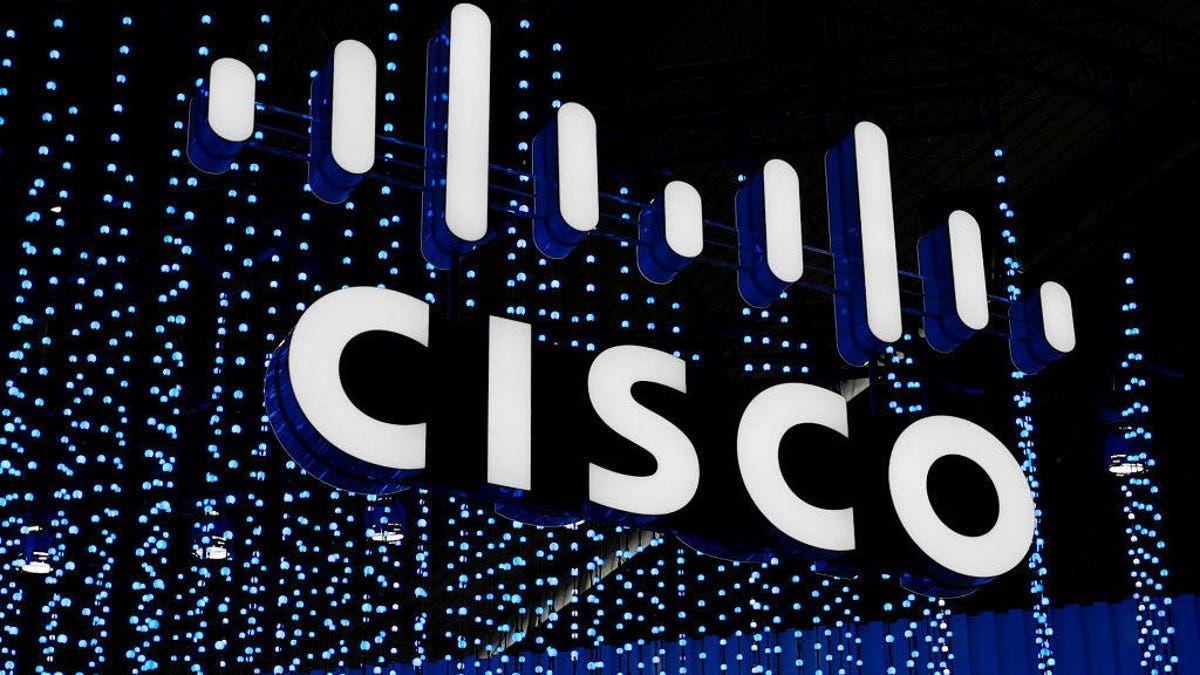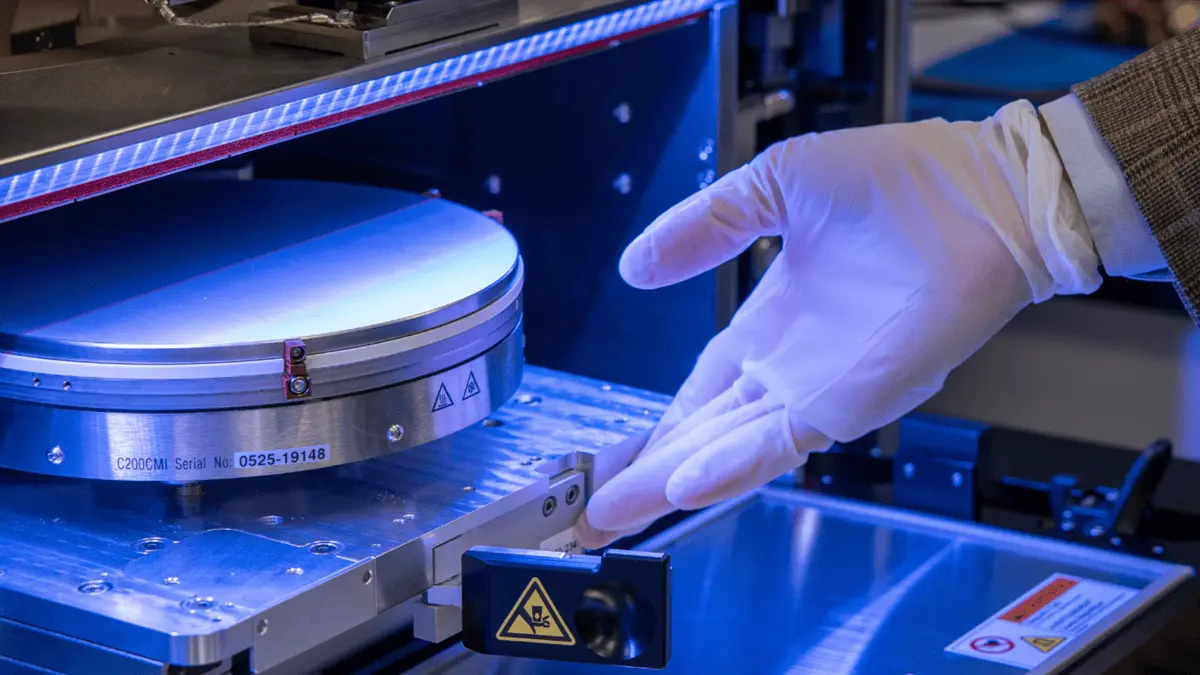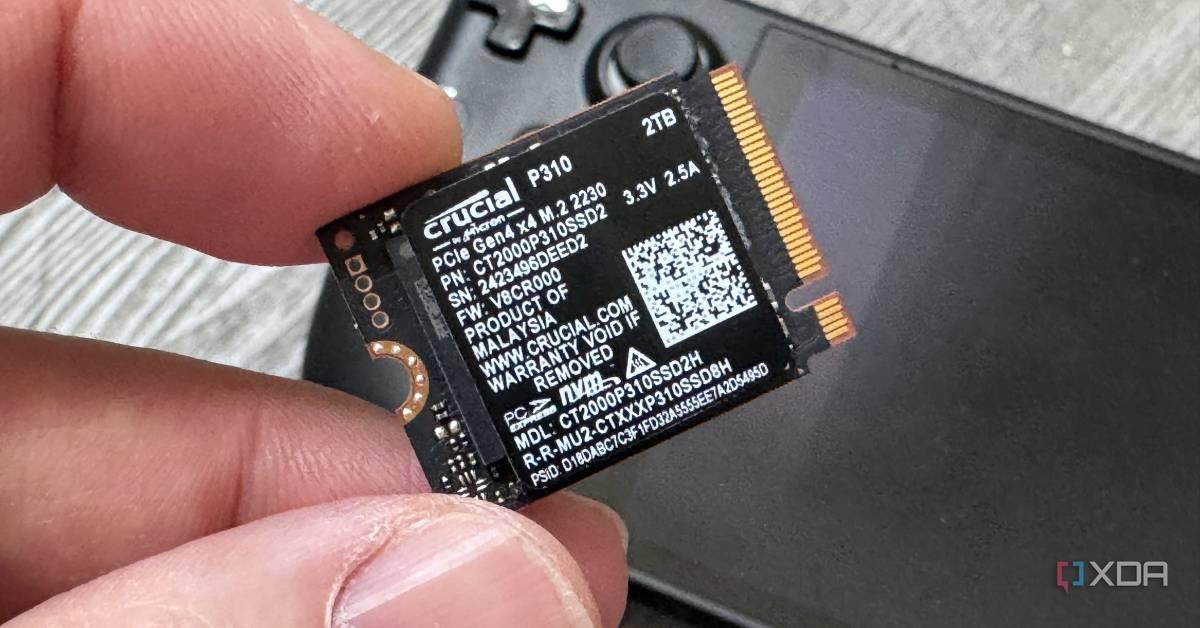Cisco's AI-First Platform Vision: Transforming Networks and Data Centers for the AI Era
2 Sources
2 Sources
[1]
Cisco Live EMEA - going all in on promoting the platform vision
Cisco is enjoying its 40 birthday this year and like many at this age is taking stock of both its past and its future. It has, arguably, become a bit bloated by its acquisitions over the past few years and has possibly become over-reliant on this influx of external talent and IP for its innovation strategy. So, how to signal its status as an ongoing successful tech company that still has the potential to be cutting edge in its own right? The answer to a tech company middle-aged crisis is the creation of an integrated platform, showcasing a youthfully svelte product portfolio, combined with a fashionable direction of travel (AI, of course). Cisco's platform vision was a key theme at the company's recent Cisco Live EMEA in Amsterdam. The EVP leading Cisco's platform approach is Jeetu Patel, who is the company's Chief Product Officer. As he explains: A few years ago, we forgot to innovate, we bought other companies and our people aspired to be GMs. We are now back to a focus on products with a platform advantage because without an integrated platform, you are just a holding company. We are an AI-first secure networking company. Our goal is to build products that people love and talk to their friends and family about. We want to make it irresponsible for companies not to choose Cisco. On the buy-side of the market there is a need for product simplification as aging network engineers plan their retirement and young tech professionals are not interested in taking up the slack. Platform architectures offer pre-integrated components that reduce the number of skills required for deployment and the time it takes to deploy. From the channel perspective (with Cisco heavily reliant on indirect sales) it is easier to train partners for a platform sale rather than on a very broad portfolio of disjointed products. For ISVs, platforms also provide an easier point of entry for start-ups to join the Cisco ecosystem. Not all remains rosy with the platform narrative, however, when it meets the reality of the enterprise IT department. In order for the platform approach to work, enterprises themselves need to build out platform teams spanning infrastructure, data and apps across both IT and OT areas of expertise. This is beginning to happen but not everywhere and not all at once. Cisco's platform vision is for tightly integrated but loosely coupled products so that buyers do not have to buy everything, but can add incrementally. It is not a rip and replace strategy. The idea is to deliver better outcomes with a lower operating burden. The approach is structured around three horizontal pillars serving AI-ready data centres, future-proofed workplaces and digital resilience. Powered by the platform strategy, the company presents the main differentiators of its platform approach as being that platform costs will go down, while the value of the outcomes delivered will rise, that Cisco is in a unique position to build out the entire network stack from silicon to software and that in this way Cisco will execute as the only AI-first secure network company. There were many product announcements at Cisco Live and all emphasised the new platform approach. One of the most anticipated launches was of the new Cisco Smart Switches based on the company's own Silicon One that are designed to fuse security directly into the data centre network. The switches feature two processing engines, a high-performance network processor for stable data transfer and a network services sidecar for security processing with traffic intelligently steered between the two to provide fine grain control of applications. Cisco's security network architecture, Cisco Hypershield, can also run on the switch instead of on another device using network fabric courtesy of the company's Isovalent acquisition. The engineering to develop this approach required much closer joint cooperation between Cisco's network and the security teams than had previously been the case. One of the benefits of this tighter engineering integration has been that there is a much faster response from partners and customers to take field trials and the feedback is very positive. This experience makes continuing cooperation between the teams easier to encourage going forward. Acquired just under a year ago, Splunk sits in the Digital Resilience pillar within Cisco, which is a pillar providing the security, observability and assurance of data across the digital estate. The Cisco Digital Resilience capability operates at the business, functional and service levels. Cisco dominates the functional level of digital resilience with its secure networking and can influence the business level via its C-level relationships, while Splunk operates at both the functional and service levels. As part of its platform vision, Cisco is creating a data platform within this pillar by pulling together Splunk, ThousandEyes, AppDynamics and the service intelligence layer. This layer is of increasing importance for threat management with the development of AI apps because the language models insert another layer between data and applications. This creates two new areas of risk: model safety (is the model behaving the way it is supposed to?) and model security (is an external actor attacking by changing the nature of the model?). Cisco's AI Defense product is designed to act as a substrate managing these risks for software developers. As a product company increasingly reliant on a managed service provider channel to market, the realisation that Cisco has generally been creating point products in silos is a critical breakthrough in self-awareness. Cisco understands that it needs to build integrated products that are easier to manage. Making that pivot is challenging, especially for a company full of specialist (siloed) engineers, and so Jeetu Patel has a big project on his hands to manage internal cultural change. The pivot needs a strong narrative for teams to get behind and Patel is talking about how Cisco is the "Apple of networking", providing a full stack AI-first networking platform. At the moment, financial results are improving, and employees are happy with the early outcomes that are producing more innovative solutions. The direction of travel looks correct, but maintaining the course with innovative pace will prove exacting for senior management.
[2]
Cisco Live EMEA - getting AI-ready with Cisco
At Cisco Live EMEA 2025 in Amsterdam, the conference was, of course, dominated by discussions of AI. Although still a small part of Cisco's business, it is, as CEO Chuck Robbins said at the company's Q2 FY 2025 earnings call, driving increasing demand. The question is how best to actually embrace AI as it begins to emerge from its hype cycle. According to Cisco customer research only seven percent of companies in Europe are AI-ready compared to 13% world-wide. The gating factors cited in the research are lack of skills, unsuitable infrastructure and security concerns. The conference addressed how Cisco could help organizations get AI-ready. President of Cisco EMEA, Oliver Tuszik, gave his appraisal of buyer drivers for AI based on his conversations with customers. His view is that despite uncertainty companies feel that they cannot wait to invest in AI because of fear and anxiety about what their competitors may be doing with the technology. He commented that customers are often frustrated about conversations discussing AI because they themselves are "not finding the magic in it." However, very focused small first use cases are coming to fruition and Tuszik thinks this may catalyse confidence. The main challenge lies with the AI skills shortage for which there are no shortcuts, according to Tuszik, as companies have to train their existing workforces as demand dwarves market availability of skills. Deploying AI is not an application roll-out, it introduces a new way of working with digital agents and most companies are simply not ready for this. Cisco is investing in partners to better support customers and has a 'very small' initiative to design new AI business cases using its own professional services team. Unsurprisingly, given the wars in Gaza and Ukraine, digital resilience is also a high priority topic for customers in the EMEA region. Many governments in Europe have been discussing infrastructure resiliency with Cisco as they prepare for potential attacks. In particular, Tuszik referenced concerns voiced to him about the disconnection of undersea cables causing big cloud outages. It has also not been lost on many governments in EMEA that Meta's new Project Waterworth cabling investment bypasses Europe and the Middle East altogether. If a significant percentage of the workforce of the future is to be comprised of digital agents, then this shift will require a powerful network. With its Silicon One architecture Cisco claims to be reinventing networking. Silicon One was designed with Cisco's hyperscaler customers for their use. Now Cisco is using the same architecture to build an ecosystem for data center and service providers, targeting edge compute for AI by enabling a new type of network to be built using optical technologies. For these service providers it is clear that there is a requirement to automate the network the more dispersed it becomes. Cisco has the telemetry, observability and insights to enable such automation as IP and optical networks converge. Although Cisco does not manufacture its own ASICs, it designs its own silicon and its Silicon One architecture has enabled the company to have routing and switching in the same system, which can support adaptive networking for service providers. Using Silicon One, full stack observability can be added to hardware which moves the world closer to autonomous networking, ensuring packets of data do not get lost so that both human and digital agents are getting timely responses. Based on Silicon One, Cisco is adding new K-Series, E-series and A-series chips to its products to more intelligently provide networking and security functions. Data centers are entering a period of significant change due to AI. Cisco product is being designed to optimise and secure data centres that form part of the AI ecosystem. For example, Cisco's AI Pods combine high-performance compute with the company's networking and security technologies to create an integrated environment optimised for AI workloads. The physical components for the pods are completely different from existing data centre infrastructure and have been designed in partnership with Nvidia to work in a Cisco validated design. The AI Pods will vary in size to fit different use cases ranging from the training of models to large scale inferencing. The AI Pods can take advantage of Cisco Nexus Hyperfabric, which is a high-performance data centre network designed to support scalability, efficiency and flexibility for AI workloads. The new Cisco Smart Switches tie security into this fabric based on Cisco's Hypershield distributed, AI-native security architecture. In this way Cisco is integrating its portfolio to meld security into the network. Security is, as the Cisco tagline goes: "Fused into the network. Ever aware. Everywhere." There is little doubt that data centers are having a renaissance, courtesy of AI because the nature of the software is different from that of SaaS apps. AI requires a more de-centralized model, placing processing closer to where the data lives, and so data centres are getting smaller as they cater for the edge. However, there is less market awareness currently about the need to upgrade networks along with the data center for AI. While AI agents may live in the data center, robots and other autonomous, physical "things" are dependent on edge computing, which requires low latency, high performance networks. This realisation will be a slower burn for sales. According to Tuszik, that is OK, because Cisco has decided it "will be fast and wait" for the market to catch up. In the meantime, the EMEA market will increasingly respond to digital resiliency messaging which is an area where buyer attention is currently laser-focused on the network.
Share
Share
Copy Link
Cisco unveils its AI-first secure networking platform strategy at Cisco Live EMEA, emphasizing integrated solutions for AI-ready data centers and digital resilience.

Cisco's Strategic Shift to AI-First Platform Vision
Cisco, celebrating its 40th birthday, is repositioning itself as an "AI-first secure networking company" with a new integrated platform approach. This strategic shift, unveiled at Cisco Live EMEA in Amsterdam, aims to simplify product offerings and address the evolving needs of enterprise IT departments
1
.Jeetu Patel, Cisco's EVP and Chief Product Officer, emphasized the company's renewed focus on innovation:
"We are now back to a focus on products with a platform advantage because without an integrated platform, you are just a holding company. Our goal is to build products that people love and talk to their friends and family about."
1
AI-Ready Data Centers and Smart Switches
Cisco introduced new AI Pods, which combine high-performance compute with networking and security technologies, optimized for AI workloads. These pods, designed in partnership with Nvidia, cater to various use cases from model training to large-scale inferencing
2
.The company also launched Cisco Smart Switches based on its Silicon One architecture, designed to fuse security directly into the data center network. These switches feature dual processing engines for network and security processing, enabling fine-grained control of applications
1
.Digital Resilience and Security Integration
Cisco's platform vision includes a strong focus on digital resilience, incorporating security, observability, and data assurance across the digital estate. The company is creating a data platform within this pillar by integrating Splunk, ThousandEyes, AppDynamics, and a service intelligence layer
1
.To address AI-specific security concerns, Cisco introduced its AI Defense product, designed to manage risks related to model safety and security for software developers
1
.Network Transformation for AI
Cisco is leveraging its Silicon One architecture to reinvent networking for the AI era. The company is targeting edge compute for AI by enabling a new type of network built using optical technologies. This approach aims to support the convergence of IP and optical networks, moving towards autonomous networking
2
.Oliver Tuszik, President of Cisco EMEA, highlighted the increasing demand for digital resilience, particularly in light of geopolitical tensions:
"Many governments in Europe have been discussing infrastructure resiliency with Cisco as they prepare for potential attacks."
2
Related Stories
Market Readiness and Challenges
Despite the push towards AI, Cisco's research indicates that only 7% of companies in Europe are AI-ready, compared to 13% worldwide. The main challenges include lack of skills, unsuitable infrastructure, and security concerns
2
.Tuszik noted that while there's urgency to invest in AI, many customers are struggling to find immediate value:
"Customers are often frustrated about conversations discussing AI because they themselves are 'not finding the magic in it.' However, very focused small first use cases are coming to fruition and this may catalyse confidence."
2
Cisco's Market Approach
As the market catches up to the need for AI-ready networks and data centers, Cisco has adopted a "fast and wait" strategy. The company is preparing its product portfolio for the AI revolution while focusing on immediate market needs, such as digital resilience
2
.This strategic shift represents Cisco's effort to maintain its leadership in the networking industry while adapting to the transformative potential of AI technologies.
References
Summarized by
Navi
[2]
Related Stories
Recent Highlights
1
OpenAI releases GPT-5.2 AI model after code red memo targets Google's Gemini 3 threat
Technology

2
Disney invests $1 billion in OpenAI, licenses 200+ characters for Sora AI video generator
Technology

3
OpenAI faces wrongful death lawsuit after ChatGPT allegedly fueled murder-suicide tragedy
Policy and Regulation








